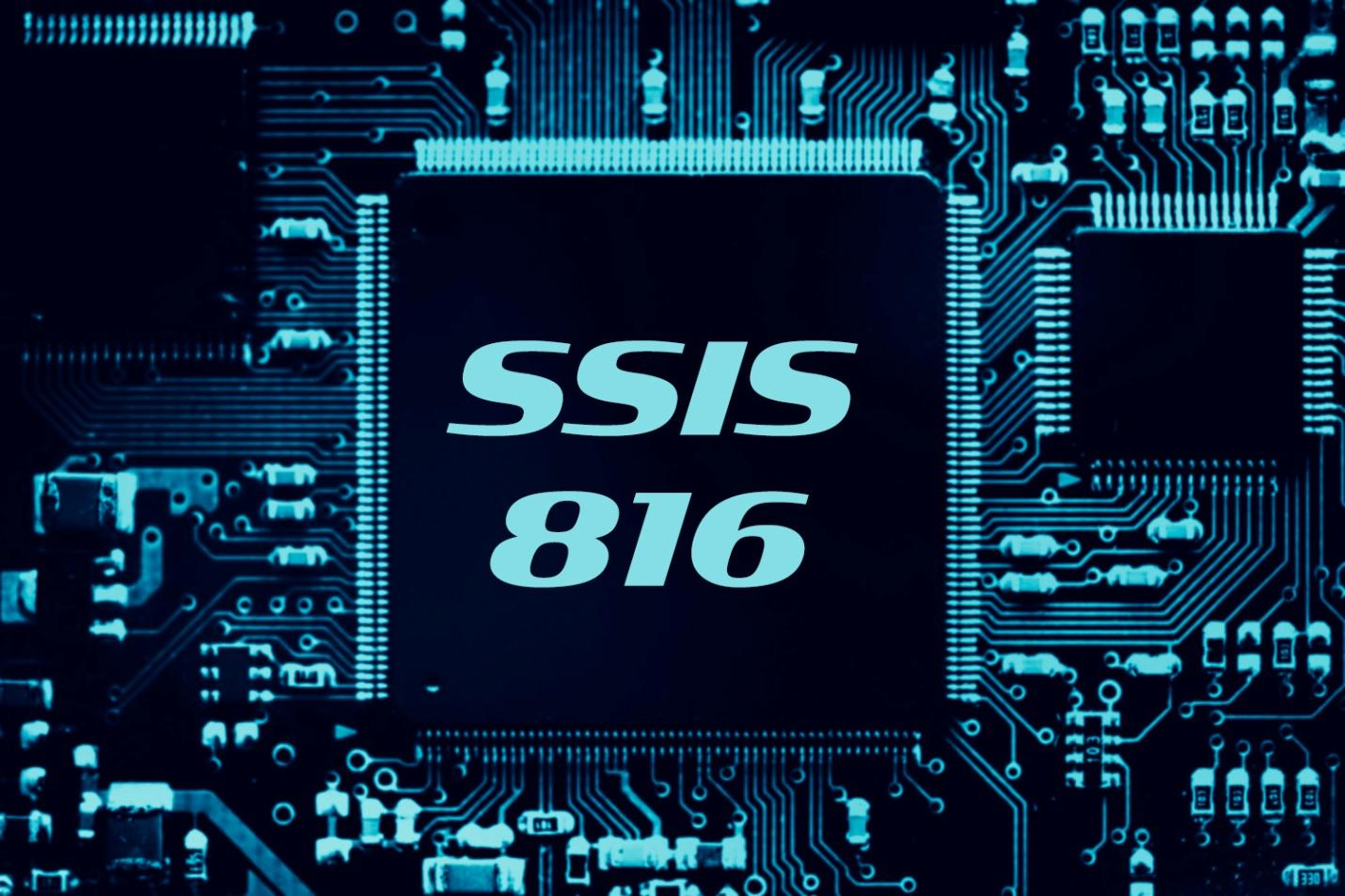
The digital landscape is characterized by ever-increasing volumes of data and the growing need for efficient data processing solutions. In this context, SQL Server Integration Services (SSIS) has long stood out as a robust tool for Extract, Transform, Load (ETL) operations. The release of SSIS 816 marks a significant advancement in this domain by introducing the ability to execute SSIS packages across multiple servers in parallel. This new feature fundamentally alters the landscape of ETL operations, providing unprecedented performance, scalability, and reliability.
Understanding SSIS 816 and its Parallel Execution Capabilities
The Evolution of SSIS
SQL Server Integration Services has consistently evolved to meet the demands of modern data environments. Previous versions of SSIS have enabled powerful data integration and transformation capabilities within a single server. However, as data volumes and processing complexities have grown, the limitations of single-server execution have become evident. SSIS 816 addresses these limitations by introducing the ability to execute packages across multiple servers in parallel, thereby revolutionizing ETL operations.
Key Features of SSIS 816
Parallel Execution Across Servers: The standout feature of SSIS 816 is its support for parallel execution of SSIS packages across multiple servers. This capability allows for the distribution of ETL workloads across a cluster of servers, significantly speeding up data processing tasks.
Improved Load Balancing: SSIS 816 includes enhanced load balancing mechanisms to distribute tasks efficiently across the cluster. This ensures that no single server becomes a bottleneck, leading to more balanced and efficient processing.
Centralized Management Interface: The new version introduces a centralized management interface for overseeing ETL operations. This interface provides a single point of control for monitoring and managing packages across the entire cluster.
Enhanced Fault Tolerance: By distributing processing tasks across multiple servers, SSIS 816 increases fault tolerance. If one server fails, the remaining servers continue processing, thereby maintaining the continuity of ETL operations.
Scalability: SSIS 816 is designed with scalability in mind, allowing organizations to scale their ETL operations seamlessly by adding more servers to the cluster as needed.
Benefits of Parallel Execution
The parallel execution feature of SSIS 816 brings several benefits to ETL operations:
1. Significant Performance Gains
Parallel execution allows for the simultaneous processing of multiple ETL tasks, dramatically reducing the time required to complete complex data integration processes. Large data sets that previously took hours to process on a single server can now be handled in a fraction of that time, resulting in faster data availability and improved decision-making.
2. Enhanced Scalability
Organizations can scale their ETL operations more effectively with SSIS 816 By adding additional servers to the cluster, organizations can handle increasing data volumes and processing requirements without needing to invest in more powerful (and expensive) individual servers.
3. Increased Reliability and Fault Tolerance
The distributed nature of SSIS 816’s parallel execution architecture enhances reliability and fault tolerance. If one server encounters an issue, the remaining servers continue processing, minimizing the impact of server failures on ETL operations.
4. Optimized Resource Utilization
By distributing ETL workloads across multiple servers, SSIS 816 optimizes resource utilization. This avoids overloading a single server and ensures that the full capacity of the hardware is used effectively.
5. Improved Load Balancing
The enhanced load balancing mechanisms in SSIS 816 ensure that workloads are evenly distributed across the cluster. This prevents any single server from becoming a bottleneck and maintains high performance levels throughout the ETL process.
Implementing SSIS 8.1.6
Deploying SSIS 816 involves several steps to set up and configure the parallel execution environment:
1. Cluster Configuration
The first step is to configure a cluster of servers to work together as a single unit. This involves setting up network connectivity, configuring server roles, and ensuring that all servers can communicate effectively.
2. Installing SSIS 816
SSIS 8.1.6 must be installed on each server in the cluster. This includes configuring each server to participate in the parallel execution environment and ensuring that the necessary SSIS components are properly installed.
3. Configuring the Management Interface
The centralized management interface must be configured to oversee and control ETL operations. This involves setting up the interface to monitor and manage the execution of SSIS packages across the cluster.
4. Deploying SSIS Packages
SSIS packages need to be deployed to the SSIS catalog, which is now managed across the cluster. The centralized management interface will handle the scheduling and execution of these packages.
5. Monitoring and Managing ETL Operations
Once the environment is set up, administrators can use the management interface to monitor and manage ETL operations. This includes tracking package execution, reviewing logs, and handling any issues that arise.
Challenges and Considerations
While SSIS 8.1.6 offers significant advantages, there are also challenges and considerations to address:
1. Infrastructure Costs
Setting up and maintaining a cluster of servers involves infrastructure costs. Organizations must evaluate these costs against the performance and scalability benefits provided by SSIS 816.
2. Complexity of Configuration
Configuring a parallel execution environment can be complex. Proper planning and expertise are required to ensure that the cluster is set up and managed effectively.
3. Data Consistency
Ensuring data consistency across multiple servers is crucial. Organizations must implement strategies to handle data synchronization and maintain data integrity across the cluster.
4. Security and Compliance
Managing security in a distributed environment requires careful consideration. Organizations must ensure that data is protected and that access controls are enforced across all servers in the cluster.
Future Trends and Developments

The introduction of SSIS 816 represents a major step forward in the field of ETL operations, but it is part of a broader trend towards more advanced and scalable data processing solutions. Future developments may include:
Integration with Cloud Platforms: As cloud technologies continue to evolve, SSIS 816’s parallel execution capabilities may be extended to integrate seamlessly with cloud-based data platforms, further enhancing scalability and flexibility.
Advanced Analytics Integration: The integration of advanced analytics and machine learning capabilities with SSIS could open new possibilities for data processing and transformation.
Increased Automation: Future versions of SSIS may offer more automated features for managing and optimizing ETL operations, reducing the need for manual intervention and improving efficiency.
Conclusion
SSIS 816 represents a transformative advancement in the realm of ETL operations. By enabling the parallel execution of SSIS packages across multiple servers, it offers significant improvements in performance, scalability, and reliability. This new feature addresses the growing demands of modern data environments, providing organizations with the tools they need to handle complex data integration tasks more effectively.
As data volumes continue to rise and processing requirements become more complex, SSIS 816 provides a powerful solution for managing ETL operations. With its benefits, challenges, and future prospects, SSIS 816 is poised to play a pivotal role in shaping the future of data integration and processing, ensuring that organizations can stay ahead in an increasingly data-driven world.


